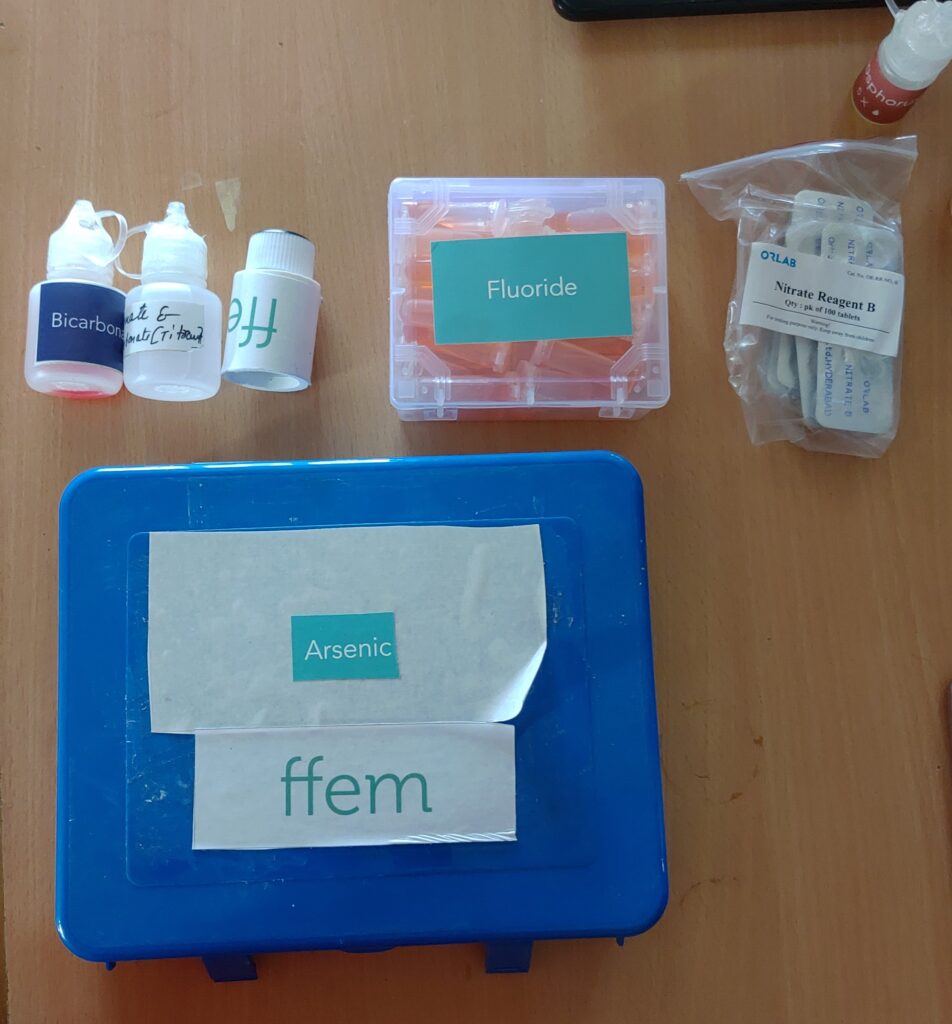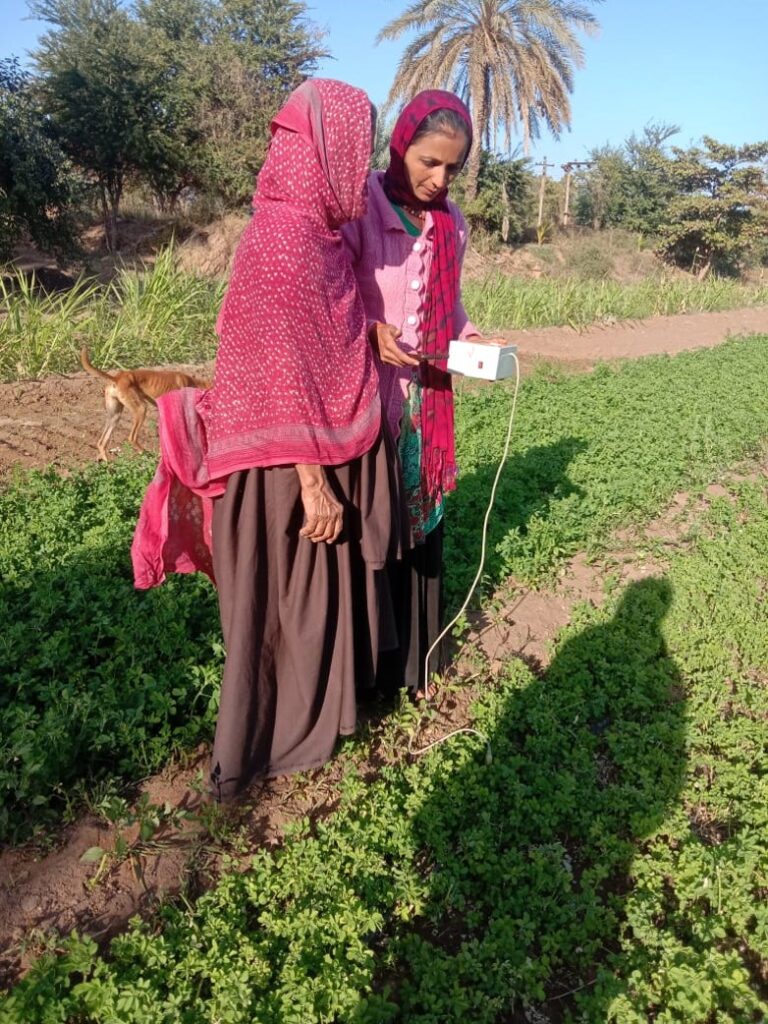Jun 21, 2021 0 Comment Water and Sanitation
Robust participatory approach for Water Security and Conservation can overcome the water challenge facing our rural and tribal areas. This encompasses:
- capacity building of local communities through training of (i) village level hydrogeologists and water experts, and (ii) farmer and women groups for cooperative action
- Water security master plan through local participation
- Supply Side and Demand side interventions
- Cost effective Technologies to bring better practices and knowledge
- Knowledge management – development of processes and protocols for adaptation / adoption in other locations.
The Water Challenge
“Water touches every aspect of development and it links with nearly every Sustainable Development Goal (SDG). It drives economic growth, supports healthy ecosystems, and is essential and fundamental for life itself. Some 2.2 billion people around the world do not have safely managed drinking water services, 4.2 billion people do not have safely managed sanitation services, and 3 billion lack basic handwashing facilities.” – World Bank
- Water shortages and its poor quality affect hundreds of districts. Our agriculture suffers from vagaries of water supply, seriously affecting the food and nutrition security of the country as well as livelihood of small farmers.
- The annual natural water cycle provides us limited fresh water. On the other hand, the increased demand for water due to modern lifestyle and industry have led us to over-use surface water and over-extract ground water. This has lowered water levels and increased salinity in ground water. Pollution due to human and industrial contaminants, has added to the water problems.
- As Water is basic to all life on earth, it is also important to use water in a manner which protects the living ecosystems around us. This is particularly critical for living beings which reside in water.
- Hence, the main objectives of governance model for water at various levels of government should be: (i) support conservation, (ii) optimized usage, (iii) recycling and reuse of water.
- The Government of India has recognised the massive challenges in Water and Sanitation domain and launched the Swachha Bharat Abhiyan, Atal Bhujal Yojana and Jal Jeevan Mission.
It is necessary to adopt multi-stakeholder approach to bring value to grass root interventions with multiple innovations in technology and processes, community empowerment and knowledge management
To introduce innovations for social impact in a sustainable manner, requires multiple partners in the ecosystem to collaborate.

Institution and Capacity Building
- Local village level experts team – trained on geo-hydrology, Water Security planning,(may be called as Bhujal Jankar, Jaldoot, etc)
- Farmers and Women Groups in villages for institution building, farming practices through collective decision making
- Water Security Plan (WSP): Water supply and demand planning for all needs of village
- Supply Side:
- Ground water recharge: in village water bodies, river-bed, abandoned well
- Desilting, embankment repair for village water bodies
- River / canal water planning and storage of excess water
- Demand Side:
- Farming intervention support like drip irrigation, fodder crops, silt application, and so on
- Technology introduction at grass root (affordable and usable by communities)
- field level soil quality and moisture measurement
- field Water quality and availability measurements
- village level Weather forecast station
- Modular cold chain for storage and transport of perishables
- Smart agriculture and water conservation data system
- Knowledge Management
- Protocol, process development with community expertise built into the systems
- guidance and support for Adoption of above in same hydrogeological region
- guidance and support for Adaptation of above in different hydrogeological regions
To Summarize, Multistakeholder collaborative approach brings synergistic benefits to community. Each stakeholder brings unique competencies, and enables accomplishing complete solutions significantly better than that achievable individually by each.
WIN Foundation has supported;
(i) Participatory Ground Water Management Project pioneered by Arid Communities and Technologies (ACT), Kutch, for water conservation. This project is also guided and supported by Coastal Gujarat Power Ltd (a Unit of Tata Power Limited in Kutch). CGPL provides on-ground support with its own team, logistics support and project monitoring and review support.
(ii) Technology, products and process development projects with 4 IITs, covering water treatment, water distribution and waste-water processing, with further aim to translate the technology developed and apply in the field.
(iii) It has supported several innovative startups in this domain, bringing their products through ACT and other NGOs to community, for the critical prototype -> test -> refine stage of product market validation.
If interested:
Whether you are an NGO or Foundation working in water, or Gram Panchayat or a Government official working to improve water conservation practices, WIN Foundation and its partners are happy to share its knowledge. If interested in above, feel free to contact us at info@winfoundations.org
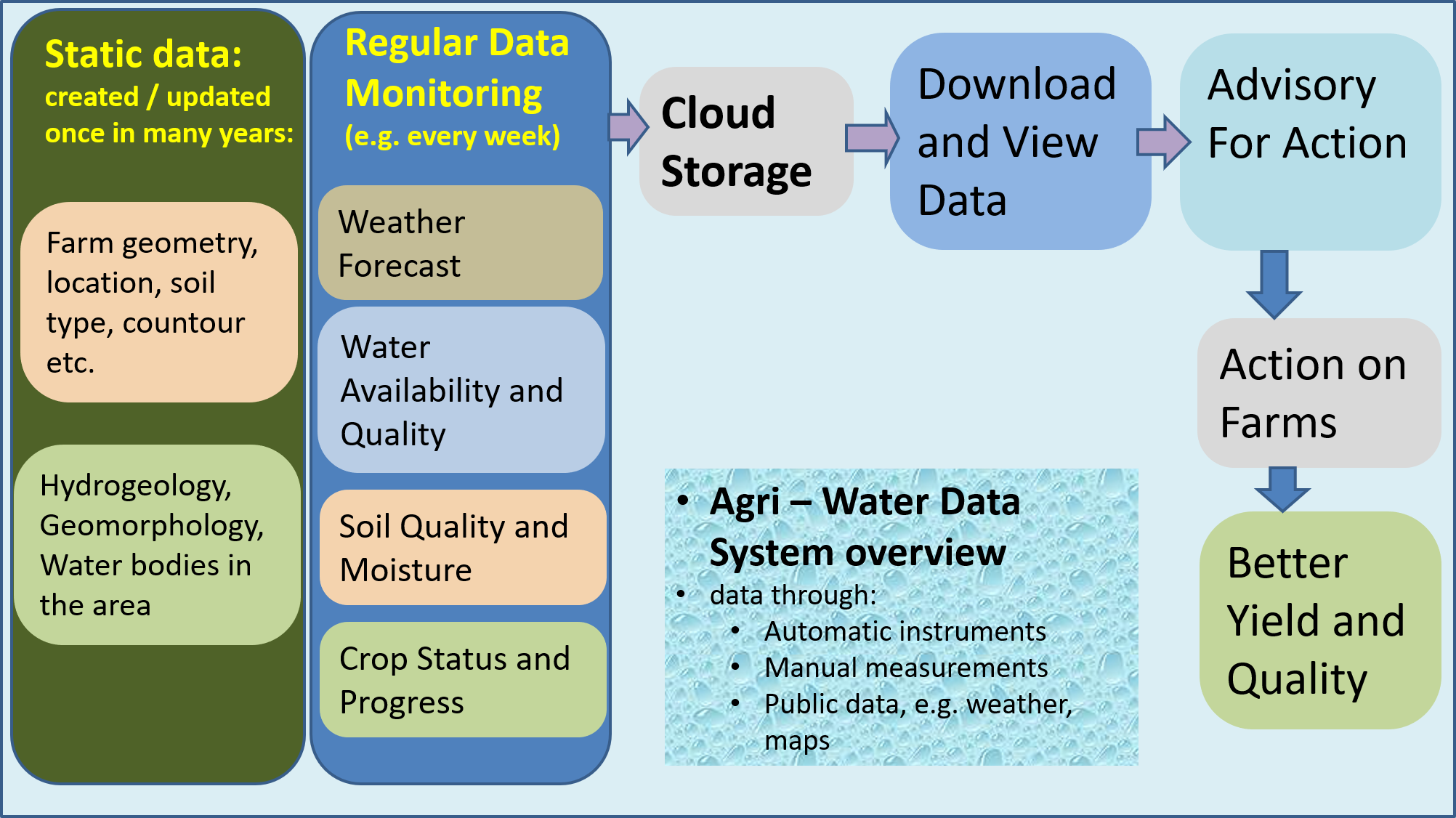
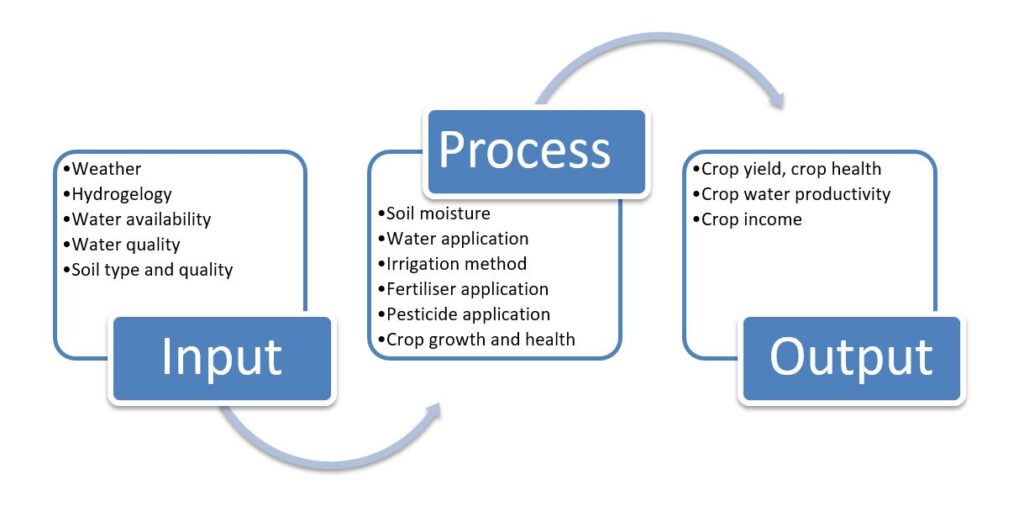
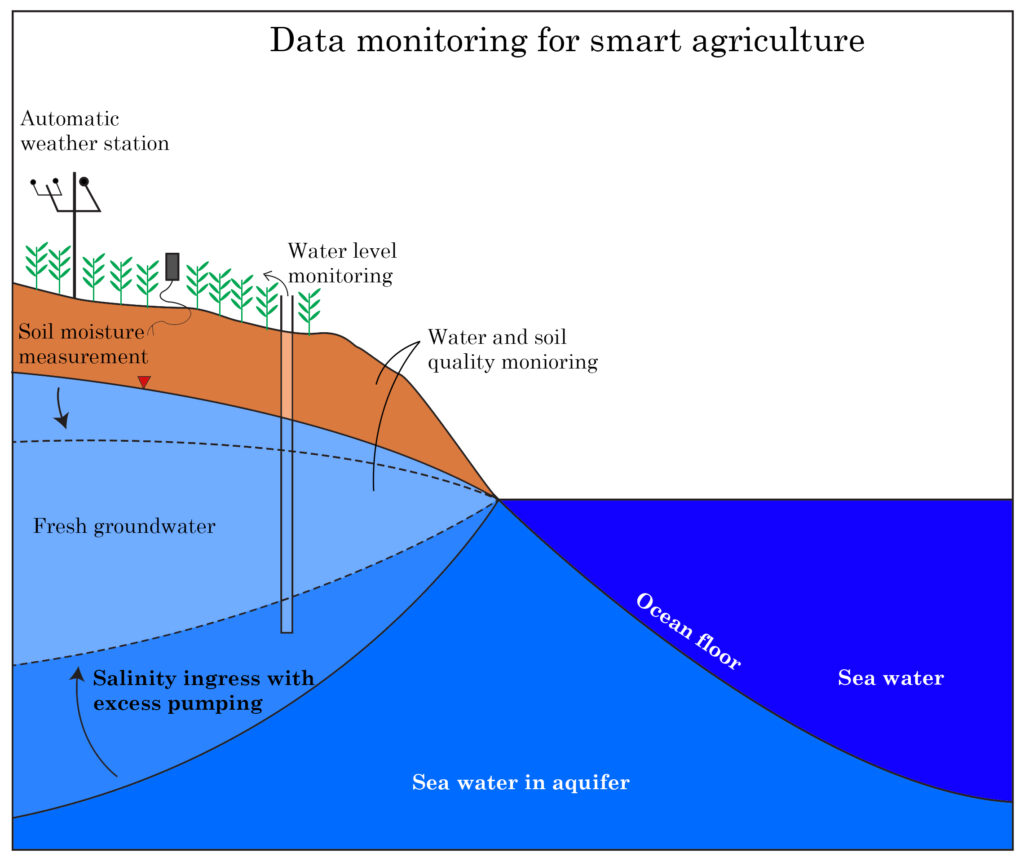
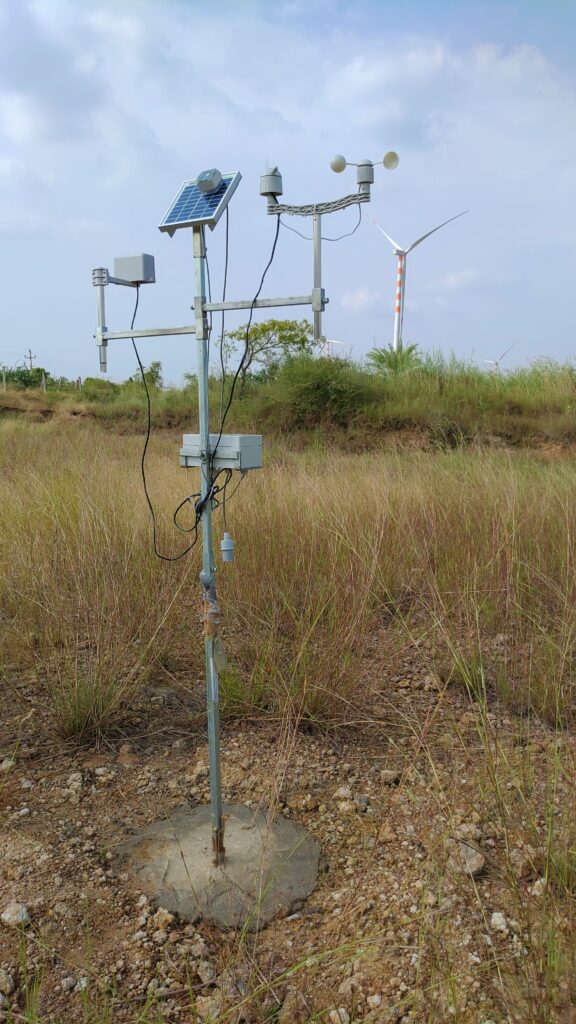 Automatic weather station
Automatic weather station